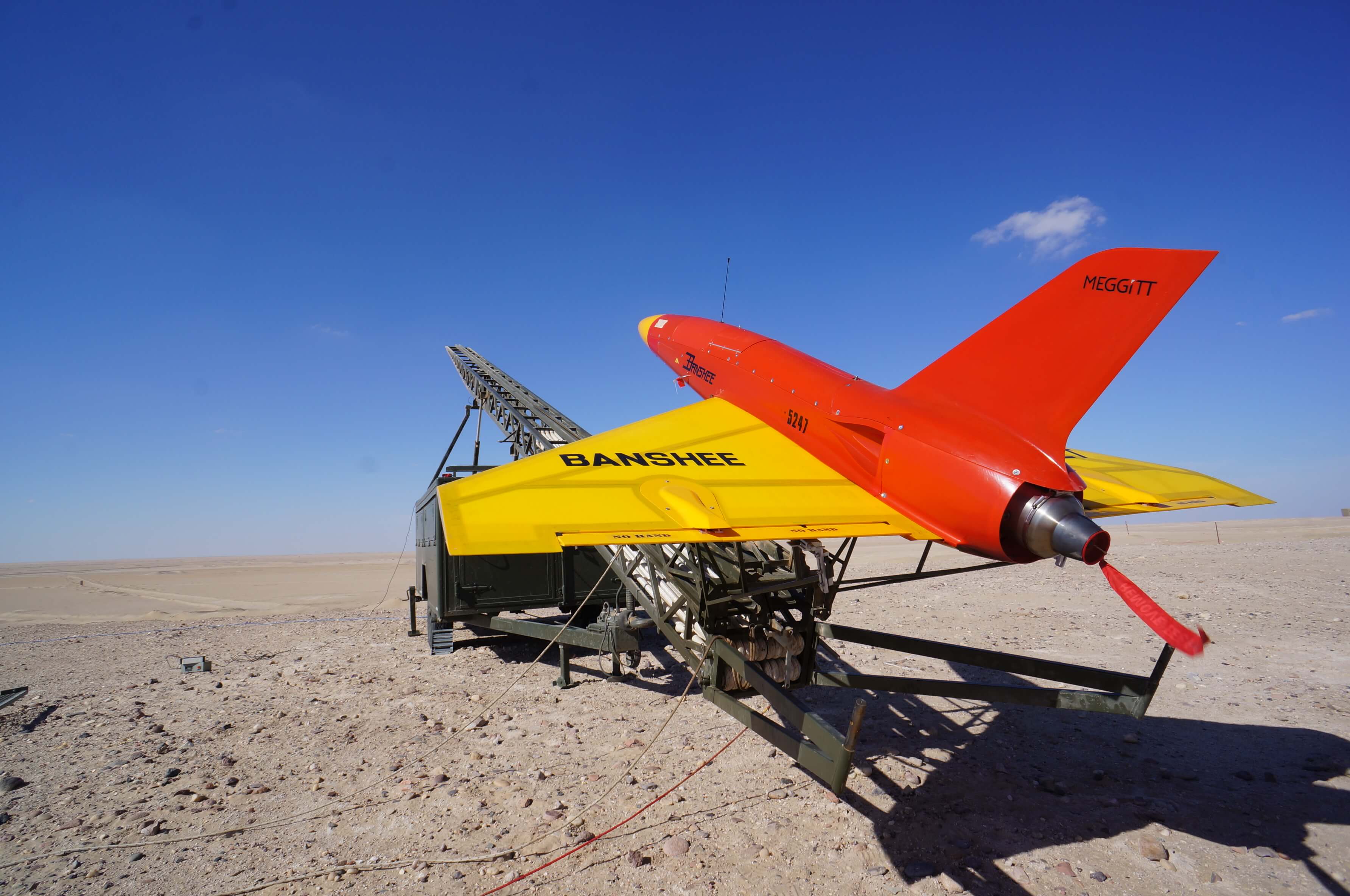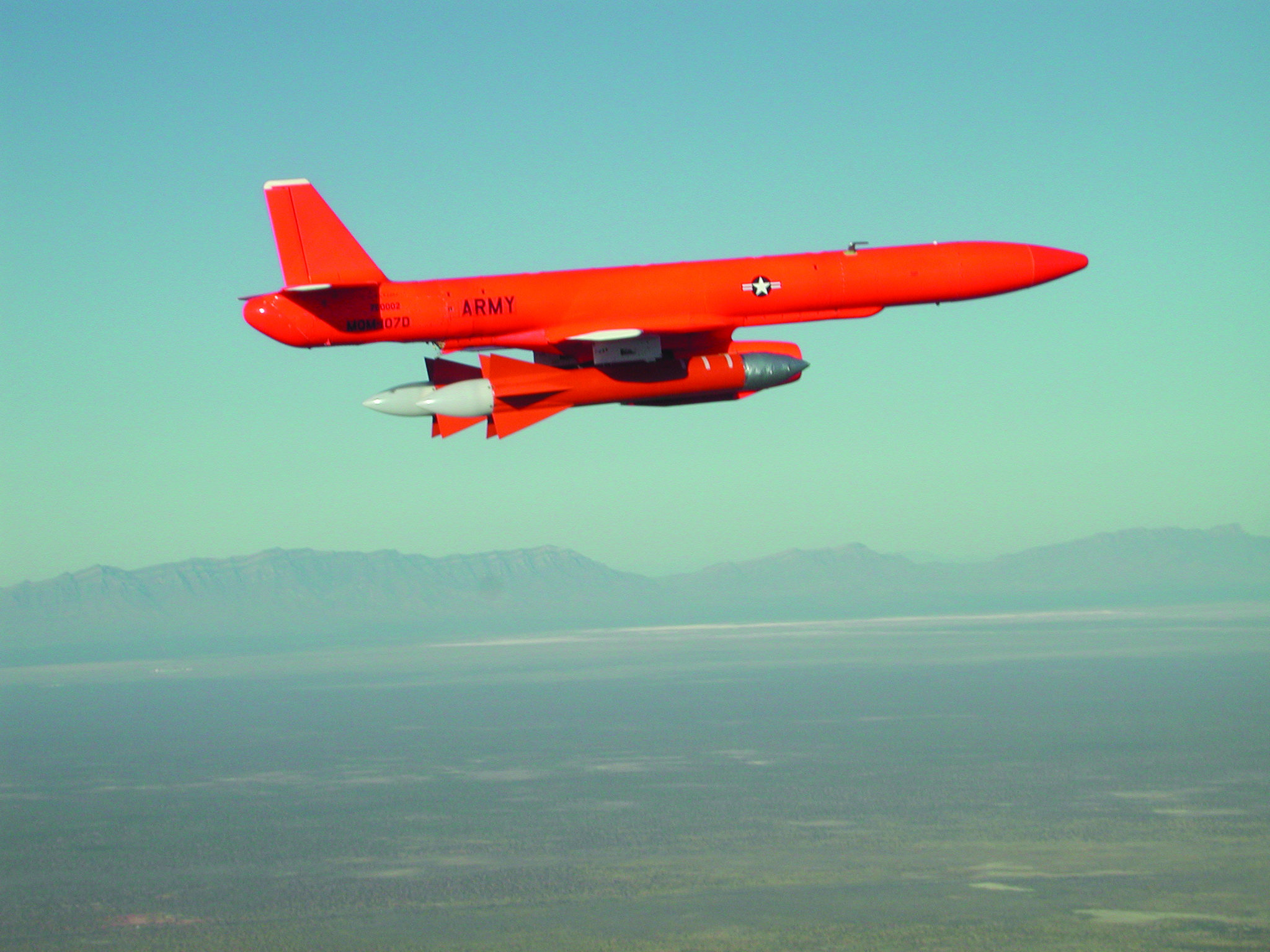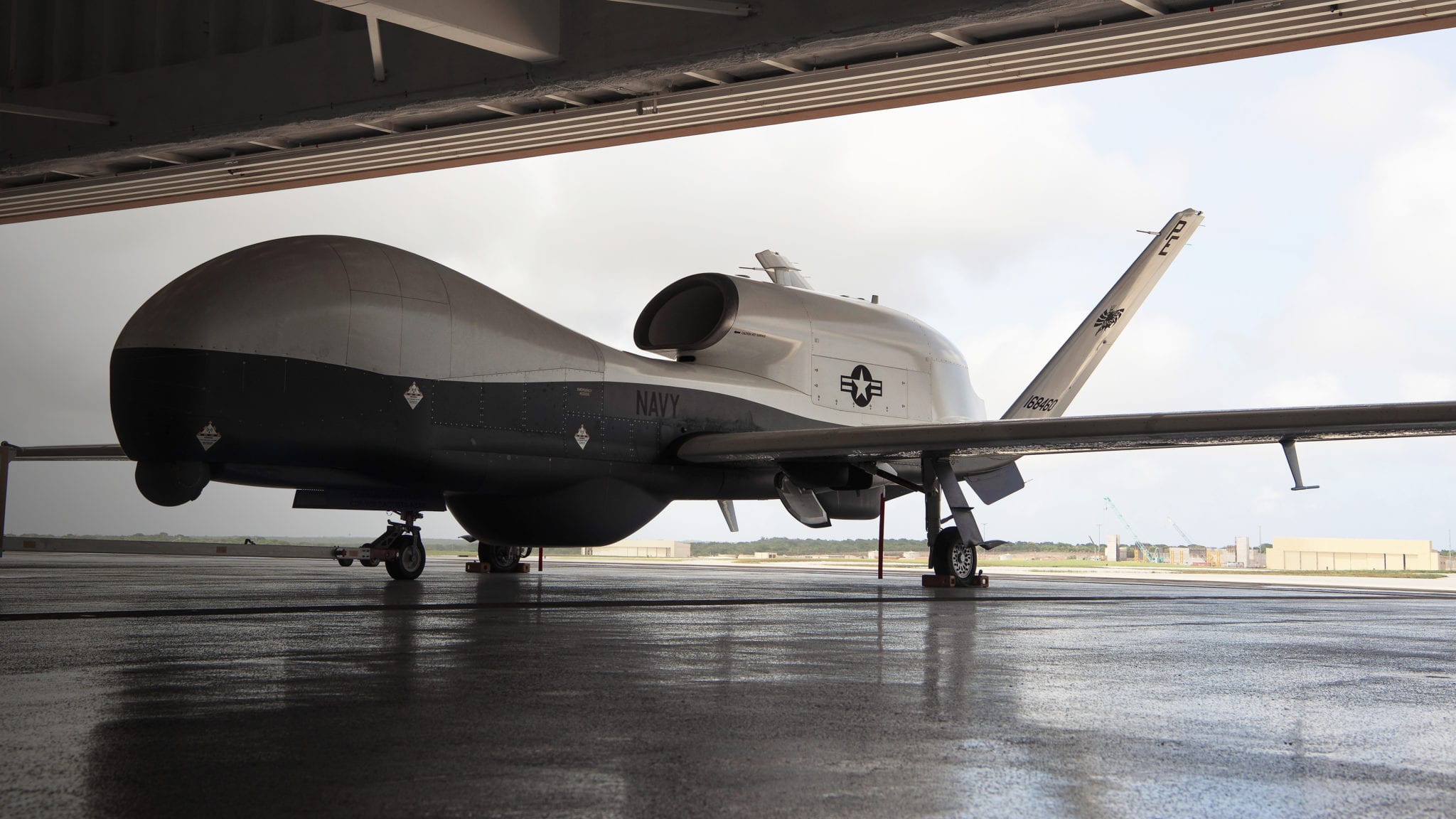MclachlanM
Active Member
I think it’s worthwhile starting a thread to potentially ID the jet in the GIMBAL video, working off of the assumption that it is a jet, consistent with the DCS recreation I did based off of the angles and ranges from the stuff done in GeoGebra, here:
If this is what we see in the original video then we are looking for a jet flying with the following approximate values:
240knots IAS, M0.6
20,000 – 25,000 ft
12-15 nmi away
Roughly the size of a hornet (13.6m span, 18m long)
There are a number of possibilities but we can use the transcript to possibly narrow these down.
MQ-9 Reaper – turboprop, cruise speed of 170 knots
CASC Rainbow – turboprop, max speed of 200 knots, normal altitude of 3000ft

A nice example of the sort of deception which could explain the apparent confusion between the WSO and pilot about the ATFLIR looking at the L&S track. As well as the testimony Lt Graves, it is certainty reminiscent of what he draws in the video from the History channel:

Admittedly this sort of thing sounds a bit farfetched but there are stories of mix-ups happening due to this sort of thing before. B-52 story about accidently deceiving ATC:
Source: https://youtu.be/wLCuiRtolpM?t=68
Is this more or less likely than encountering a jet and seeing a ‘fleet’ of different objects coincidently at the same time?
Anyway, the possibilities I have found:
It could just be an F-18 from the same carrier, however a friendly fighter would probably have its’ IFF (Identify-Friend-or-Foe) on and the operators would recognise it immediately as one of their own (it flashes ‘FRIENDLY’ on the HUD to prevent friendly fire).
It could be a civilian jet as there are a number of fighters owned privately e.g.:
Source: https://youtu.be/WsHPoQygnVQ?t=114
Yes the ATC would be aware of it but remember that this is only a 30 second clip out of context. Would ECM and RADAR spoofing equipment be allowed by customs and the FAA?
It could also be an enemy fighter, this is unlikely as it would need tankers, a carrier or a nearby airport to get close with its range and it would probably be big news so I think that can be dismissed.
My favourite potential explanation is that we are seeing an experimental autonomous X-47B that would have been on the USS Theodore Roosevelt at the time the footage was taken, specifically trialling its’ integration with manned aircraft.


jackfrostvc has already found this and has a good post here: https://www.metabunk.org/threads/ny...ncounter-with-unknown-object.9333/post-250595
It matches the size, oval shape of exhaust and flight characteristics we’re looking for. It would explain why the pilot jumps to the conclusion that it is a drone and sounds dismissive. It even looks like a UFO.
There are a few problems however. Although the X-47B is designed for stealth, it is unclear whether or not the X-47B was ever fitted with ECM capable of deceiving RADAR, the official documents all noticeably leave out ECM in the avionics.

Also even if it did have ECM, why would it have it on?
Do we know how much pilots would know about their airspace, if they would be informed of an X-47B testing ECM 15nmi away? This was all I could find about separation standards from the FAA:
I realise a lot of this stuff has been repeated over the last few years and it's frustrating to keep hearing it, but I'd appreciate any answers to my questions, additions to the possible jets or a reason we can strike one off the list.
If this is what we see in the original video then we are looking for a jet flying with the following approximate values:
240knots IAS, M0.6
20,000 – 25,000 ft
12-15 nmi away
Roughly the size of a hornet (13.6m span, 18m long)
There are a number of possibilities but we can use the transcript to possibly narrow these down.
It seems strange to me that a pilot would see something very hot and fast at 25,000ft and immediately say it’s a drone. Generally what we see in the clip is not characteristic of common military drones:“That’s a [expletive] drone bro ” (maybe sounds dismissive?)
MQ-9 Reaper – turboprop, cruise speed of 170 knots
CASC Rainbow – turboprop, max speed of 200 knots, normal altitude of 3000ft
As for the fleet aspect, is it possible that this is just a single jet using RADAR deception?“There is a whole fleet of them, look on the SA”
“11.2.2.8 Range deception. … If a repeater transmitted a series of time-displaced pulses, identical to the radar pulse, it could produce a series of spurious targets, each at different ranges.”
https://fas.org/man/dod-101/navy/docs/fun/part11.htm“11.2.2.9 Angle Deception. … Sidelobe angle deception. First, the sidelobes in the antenna radiation pattern must be evident to the ECM unit. A false target pulse is then transmitted while the ECM unit is at the azimuth of a sidelobe of the victim radar. The radar circuitry is designed to register target angular position in the main lobe only, and therefore displays target video with an angular error equal to the angular displacement between the main lobe and the sidelobe involved. This technique can be applied to any radar with ineffective sidelobe suppression or cancellation. By combining this method with range deception, many false targets at different ranges and bearings can be generated, causing confusion over the entire search volume of the victim radar, with much less required average power than equivalent noise jamming.”
A nice example of the sort of deception which could explain the apparent confusion between the WSO and pilot about the ATFLIR looking at the L&S track. As well as the testimony Lt Graves, it is certainty reminiscent of what he draws in the video from the History channel:
Admittedly this sort of thing sounds a bit farfetched but there are stories of mix-ups happening due to this sort of thing before. B-52 story about accidently deceiving ATC:
Source: https://youtu.be/wLCuiRtolpM?t=68
Is this more or less likely than encountering a jet and seeing a ‘fleet’ of different objects coincidently at the same time?
Anyway, the possibilities I have found:
It could just be an F-18 from the same carrier, however a friendly fighter would probably have its’ IFF (Identify-Friend-or-Foe) on and the operators would recognise it immediately as one of their own (it flashes ‘FRIENDLY’ on the HUD to prevent friendly fire).
It could be a civilian jet as there are a number of fighters owned privately e.g.:
Source: https://youtu.be/WsHPoQygnVQ?t=114
Yes the ATC would be aware of it but remember that this is only a 30 second clip out of context. Would ECM and RADAR spoofing equipment be allowed by customs and the FAA?
It could also be an enemy fighter, this is unlikely as it would need tankers, a carrier or a nearby airport to get close with its range and it would probably be big news so I think that can be dismissed.
My favourite potential explanation is that we are seeing an experimental autonomous X-47B that would have been on the USS Theodore Roosevelt at the time the footage was taken, specifically trialling its’ integration with manned aircraft.
“Sea trials on the USS Theodore Roosevelt in 2014 were intended to test the X-47B's ability to swiftly take off, land, and hold in a pattern among manned aircraft without disruption to carrier operations.”
jackfrostvc has already found this and has a good post here: https://www.metabunk.org/threads/ny...ncounter-with-unknown-object.9333/post-250595
It matches the size, oval shape of exhaust and flight characteristics we’re looking for. It would explain why the pilot jumps to the conclusion that it is a drone and sounds dismissive. It even looks like a UFO.
There are a few problems however. Although the X-47B is designed for stealth, it is unclear whether or not the X-47B was ever fitted with ECM capable of deceiving RADAR, the official documents all noticeably leave out ECM in the avionics.
Also even if it did have ECM, why would it have it on?
Do we know how much pilots would know about their airspace, if they would be informed of an X-47B testing ECM 15nmi away? This was all I could find about separation standards from the FAA:
https://www.faa.gov/air_traffic/publications/atpubs/aim_html/chap4_section_4.html4-4-11c. “When radar is employed in the separation of aircraft at the same altitude, a minimum of 3 miles separation is provided between aircraft operating within 40 miles of the radar antenna site, and 5 miles between aircraft operating beyond 40 miles from the antenna site. These minima may be increased or decreased in certain specific situations.”
I realise a lot of this stuff has been repeated over the last few years and it's frustrating to keep hearing it, but I'd appreciate any answers to my questions, additions to the possible jets or a reason we can strike one off the list.

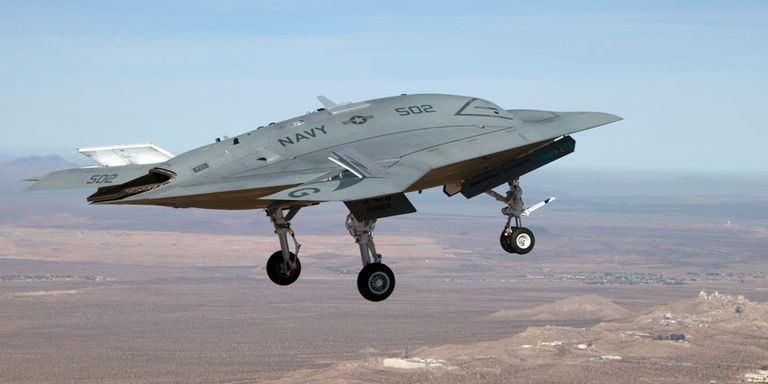
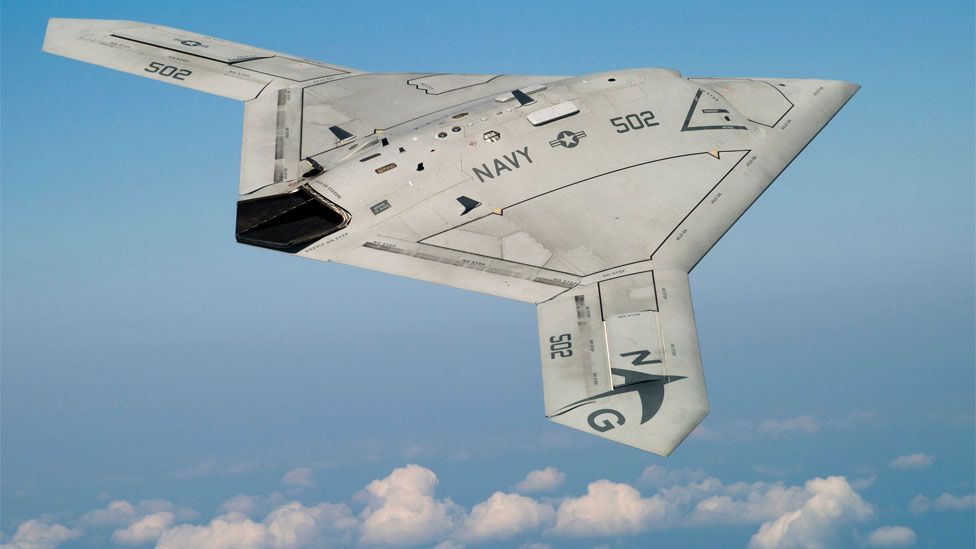

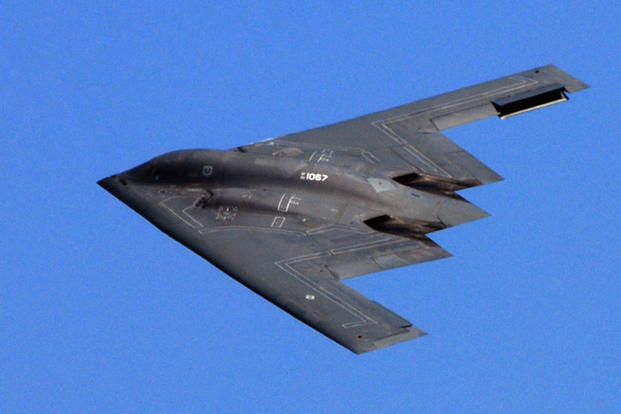
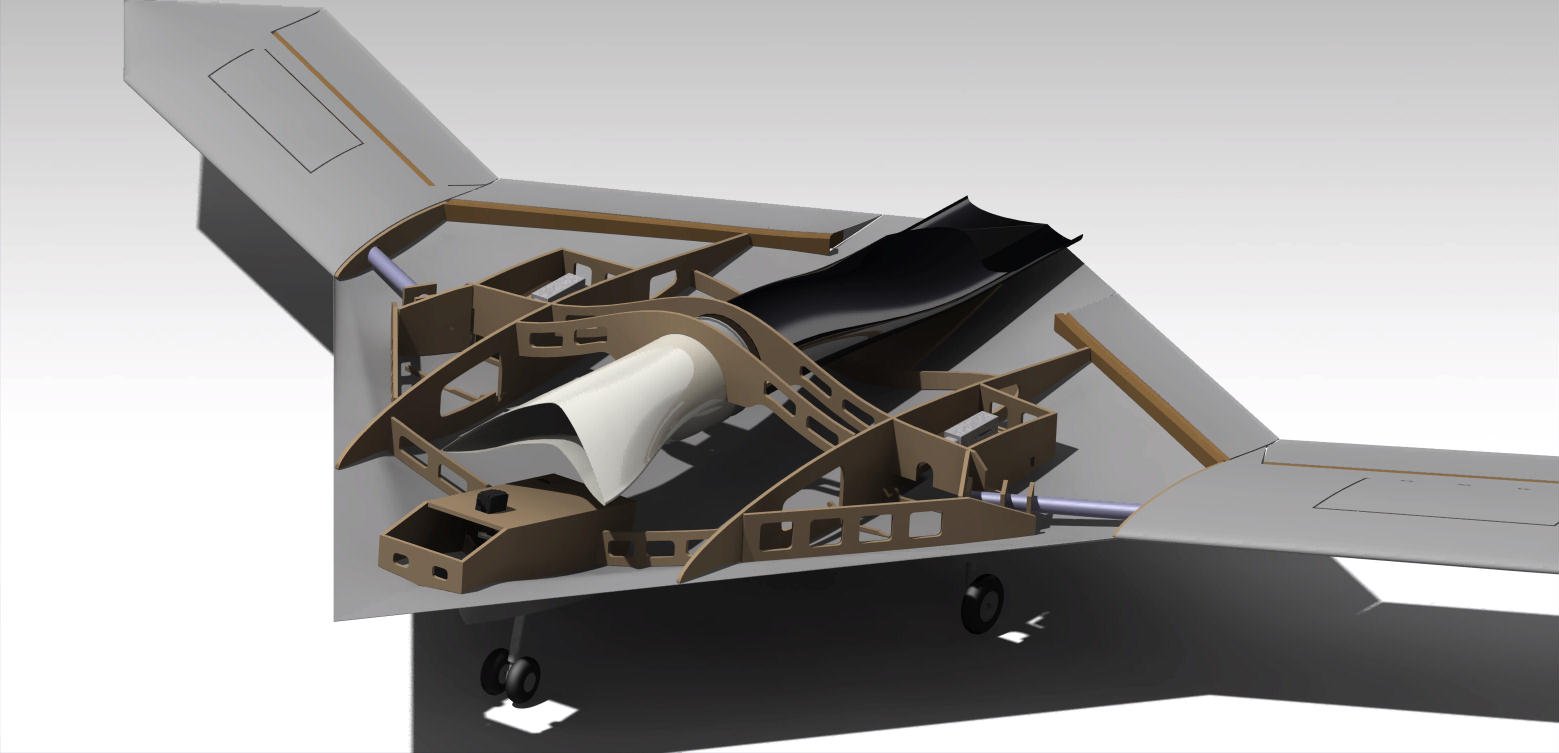 theres no way on earth we can ID an object that is fully hidden behind glare with a computer game like DCS. the flir technician mick interviewed said glare only happens when the pilots wipe the gimbal screen with their sleeves.
theres no way on earth we can ID an object that is fully hidden behind glare with a computer game like DCS. the flir technician mick interviewed said glare only happens when the pilots wipe the gimbal screen with their sleeves.